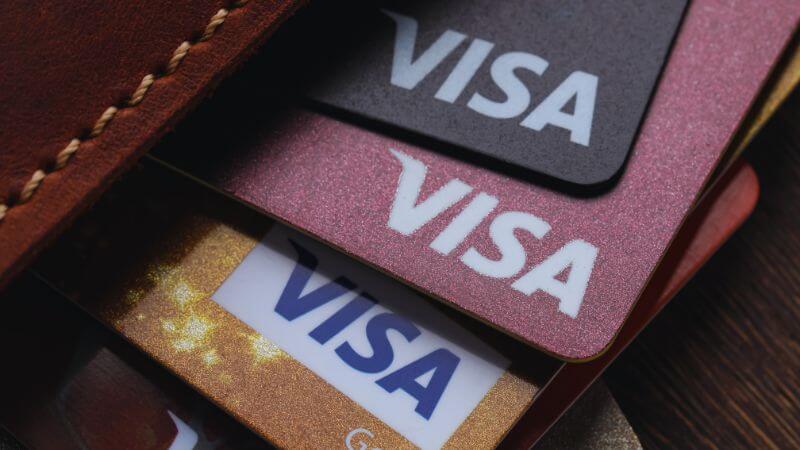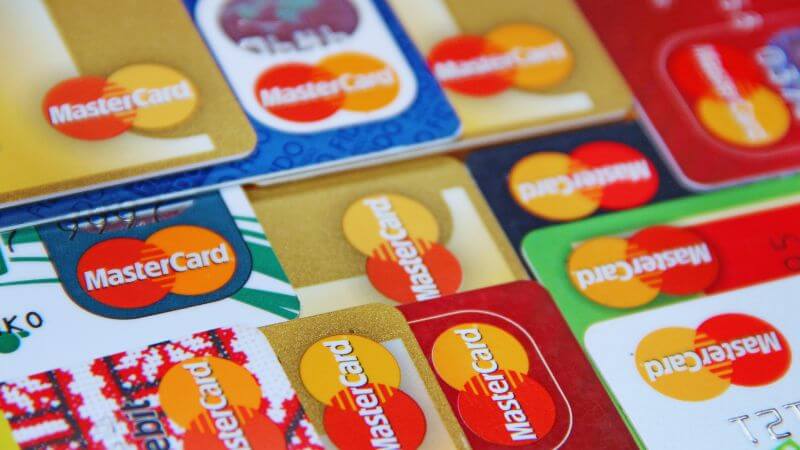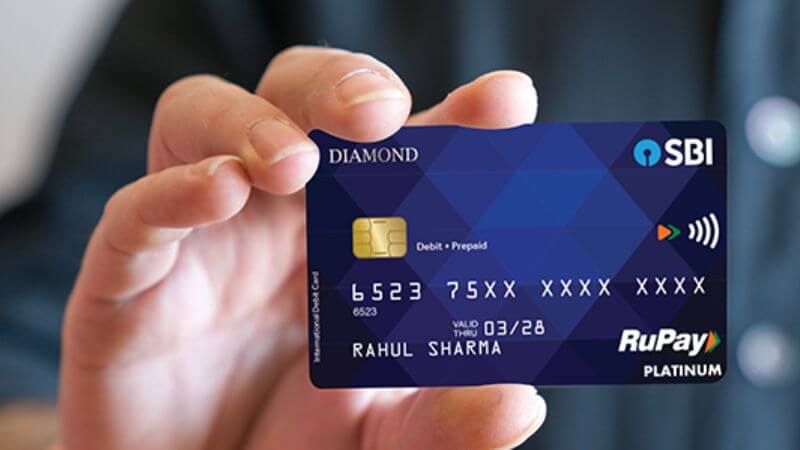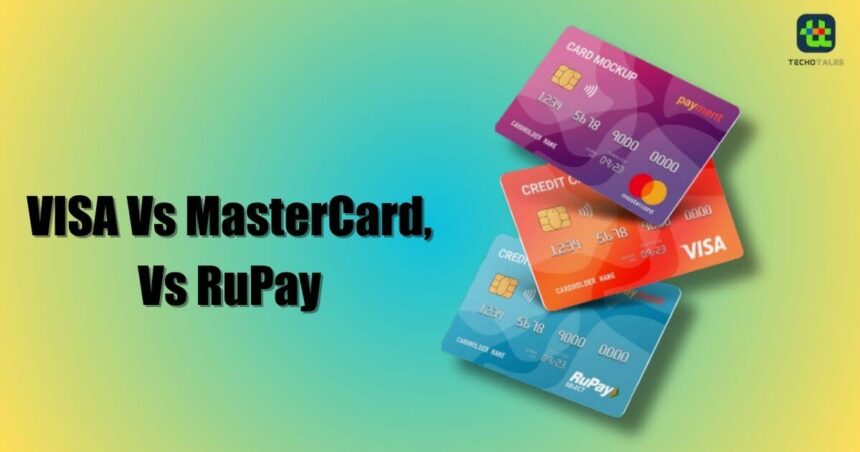In the era of digital money, if you want to step into the world of a cashless economy, you need to understand the difference between the three payment networks- Visa, MasterCard, and RuPay. With the help of these payment networks, we can do transactions easily. Even though they seem similar, they have some distinctions as well.
What Is A Payment Network?

Before we get to know the differences between Visa vs MasterCard vs RuPay, it is important to know the term “payment network”. It is the infrastructure that facilitates a secure fund transfer among businesses, consumers, and banking facilities. If a financial institution is offering a credit or debit card, then that means that they have an association with at least one payment network.
Key Differences Between Visa, MasterCard, And RuPay
In India, these three payment networks are the most prominent ones. Let us get to know their differences one by one.
1. Visa Card

Visa is an international payment network. It is one of the most recognized credit card networks in India. It is accepted worldwide, so it offers unrivaled accessibility and various financial services. Since it has a global reach, people worldwide, like online shoppers, travelers, etc., desire it.
Visa charges the banks in dollars, and when this is converted to Indian rupees, the costs also increase. Additionally, it has a diverse range of cards that cater to diverse lifestyles– traveling, shopping, business, etc. Such a diverse network that provides so many benefits increases the chances of risks like data breaches. However, Visa’s extensive security features, like Verified by Visa (VBV) and 3D Secure, help overcome these sorts of drawbacks.
2. MasterCard

MasterCard is an international payment network that is just like Visa. The number of countries MasterCard operates in is slightly higher than Visa’s. Their card ranges are MasterCard Standard, Gold, Platinum, World, and World Elite. MasterCard is a door for exclusive privileges.
Their security feature is MasterCard Secure Code, which helps prevent security risks like data breaches. Like Visa, MasterCard has a global reach and caters to a similar audience.
3. RuPay Card

RuPay is a domestic network for India but has expanded to a global network. The international acceptance of RuPay is not as wide as Visa and MasterCard.
However, since the data is collected domestically, it saves time, which means that the processing time is faster (within 24 hours of the transaction) compared to the other two.
It is also cost-effective for people who want to keep their spending within national borders, as it doesn’t have to convert from dollars to Indian rupees.
RuPay is playing a critical role in advancing India’s digital payment scene, and its growing acceptance is making it a favorable choice for many people in the country.
Visa Vs MasterCard Vs RuPay; Which One Is Right For You?
Here’s a detailed comparison table with separate columns for Visa, MasterCard, and RuPay:
| Feature | Visa | MasterCard | RuPay |
|---|---|---|---|
| Network Type | International payment network with global acceptance. | International payment network with global reach. | Domestic payment network focused on India, with growing international reach. |
| Transaction Cost | Charges fees in foreign currency, converted to INR. | Charges fees in foreign currency, converted to INR. | Lower transaction costs as transactions are in INR. |
| Processing Speed | Slightly longer due to international routing. | Slightly longer due to international routing. | Faster processing within India due to domestic routing. |
| Data Security | User data may be processed internationally. | User data may be processed internationally. | User data is stored and processed within India, ensuring enhanced security. |
| Fees and Charges | Higher fees due to foreign exchange charges. | Higher fees due to foreign exchange charges. | Lower fees, often with minimal or no joining/annual fees. |
| Acceptance | Accepted globally, including online and offline merchants. | Widely accepted across international merchants. | Primarily accepted in India, with expanding international presence. |
| Government Support | No special government backing. | No special government backing. | Backed by NPCI (National Payments Corporation of India) and promoted by the Indian government. |
| UPI Integration | Not linked to UPI. | Not linked to UPI. | Integrated with UPI for seamless transactions. |
| Perks & Benefits | Global assistance, travel perks, exclusive discounts. | Travel benefits, concierge services, and international deals. | Domestic offers, co-branded card benefits, and UPI-linked perks. |
| Best For | Frequent international travelers and online shoppers. | International transactions and premium banking services. | Domestic transactions, low-cost banking, and government-linked subsidies. |
Choosing between Visa, MasterCard, and RuPay completely depends on the individual’s needs and preferences. Select a card that aligns with your financial goals and lifestyle. Understanding the key differences between these networks will help you make a well-informed decision.
Follow Us: Facebook | X | Instagram | YouTube | Pinterest













